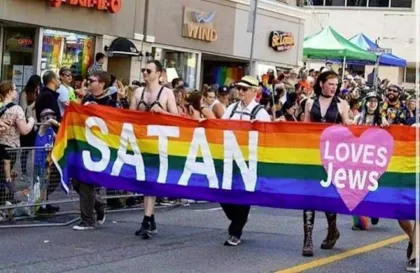It is Enough to be an Israelite, But Enough for What?, Part 3

Here we shall continue our presentation and critique of Bertrand Comparet’s sermon, Is it Enough Merely to be an Israelite?, but doing so I will probably have to repeat myself at least a few times. That is because Comparet opened his sermon by criticizing Paul of Tarsus in Romans chapter 11, where Paul had properly paraphrased the prophet Isaiah and said “all Israel shall be saved”, yet Paul was speaking of the salvation of the spirit and eternal life, within the context that temporal salvation may not be attained, whereas all of the examples by which Comparet attempts to refute him relate only to the temporal salvation of the flesh or the nation. Disagreeing with Paul where he said “All Israel shall be saved”, Comparet mentioned not one of the many promises of eternal salvation, resurrection, or redemption from death and the grave which are found in either the Old or New Testaments. He only mentioned Isaiah 45:17 while criticizing Paul, and neglected to note Isaiah 45:25, or perhaps he may have realized that he could not have justly criticized Paul.
But Comparet was a trained attorney, and an attorney is never going to introduce evidence which hurts his case. Here he has tried to make a case that Paul of Tarsus was wrong, and that all Israel shall not be saved, and it is our endeavor to defend Paul and his statement. So now, as he continues, while there are indeed many good ideas found throughout his sermon, he only provides examples, some of them quite lengthy, of temporal punishment and temporary deliverance. But those examples do not relate to any of the promises of eternal salvation found in Scripture, and it seems as if, at least in this sermon, Comparet completely failed to distinguish between the two, and to rightly divide the Word of Truth.










 On the Revelation of Yahshua Christ, Part 22: The Woman is the Whore
On the Revelation of Yahshua Christ, Part 22: The Woman is the Whore












 Please click here for our mailing list sign-up page.
Please click here for our mailing list sign-up page.







